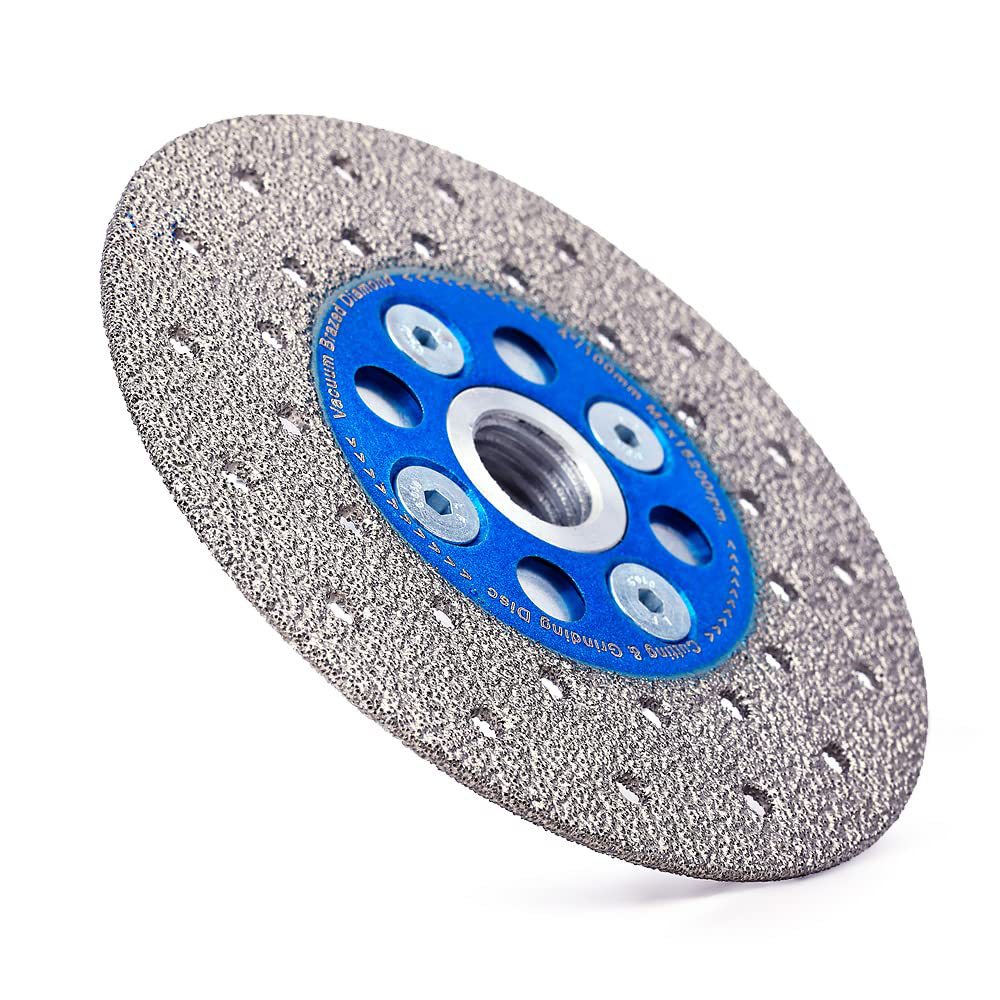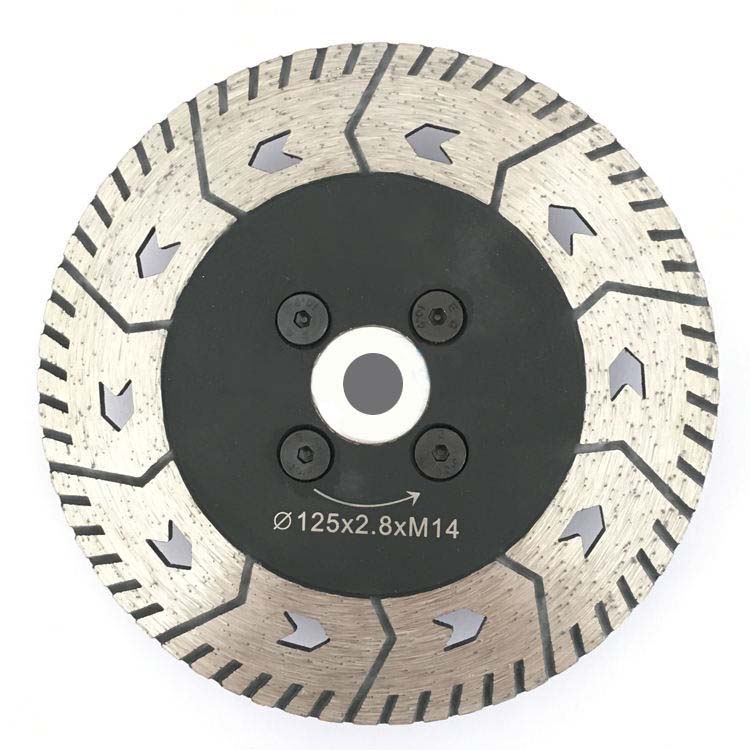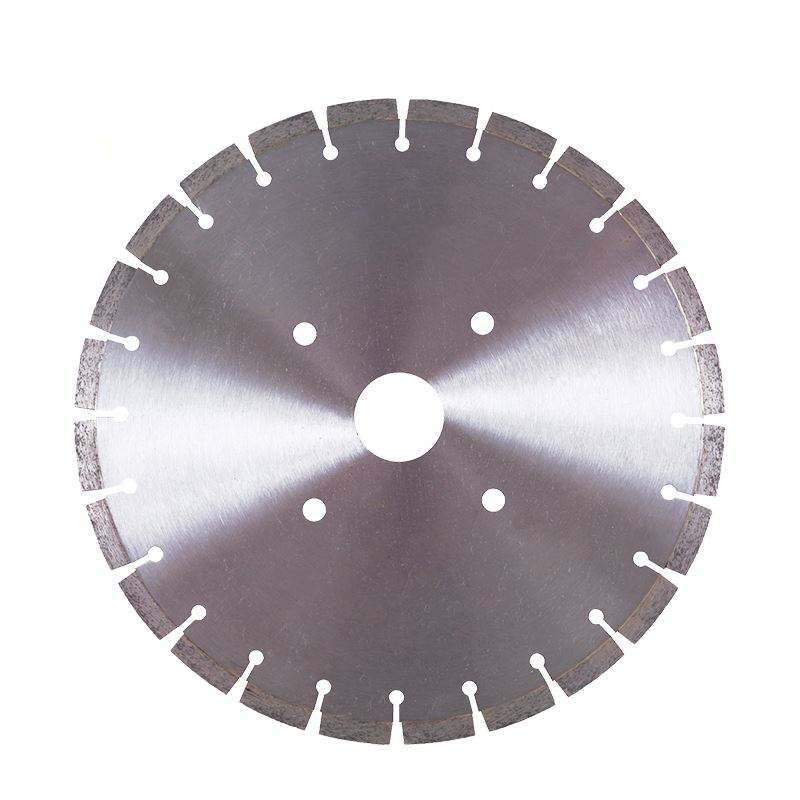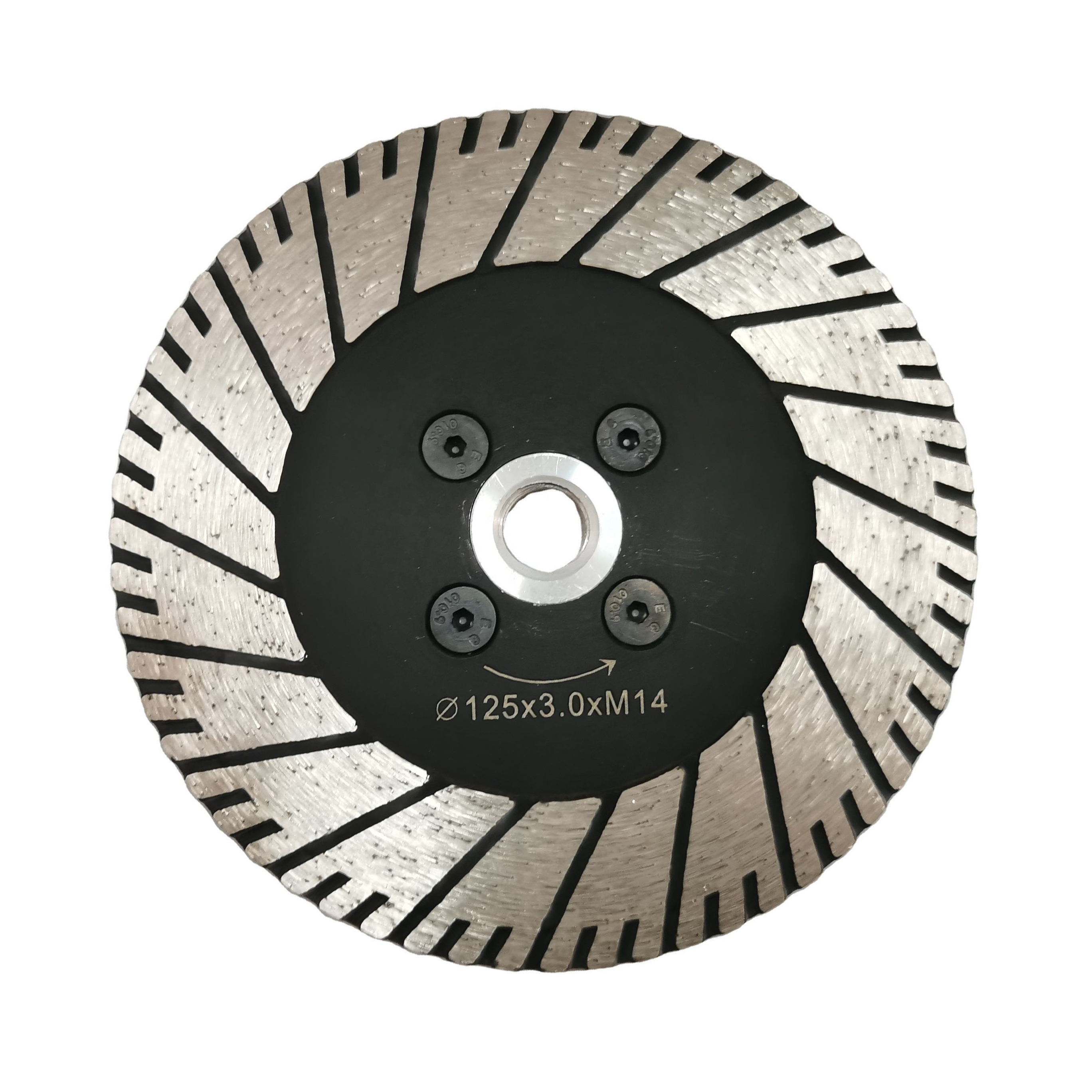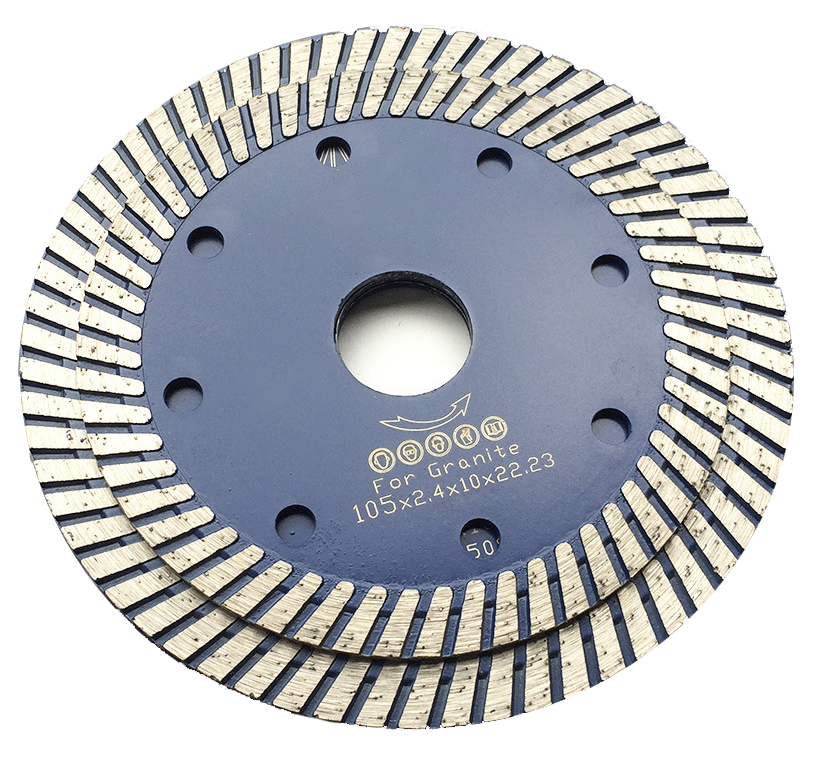Synthetic diamonds are artificially produced diamonds with extremely high hardness, wear resistance, and transparency. They are widely used in precision machinery, metallurgy, oil exploration, geological prospecting, semiconductors, and electronics. These man-made diamonds, also known as cultivated diamonds or synthetic diamonds, are as hard as natural diamonds but more affordable.
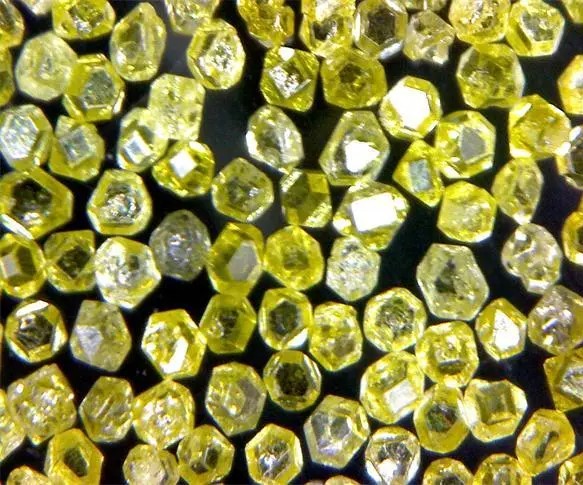
China has become the world's largest producer of synthetic diamonds, accounting for approximately 90% of global production and occupying a dominant position in the international market. Chinese synthetic diamond companies are primarily concentrated in Henan, Hunan, and Guangdong provinces, with Henan being a major industrial base with several large enterprises such as Huanghe Xuanfeng, Henan Yalong Diamond, Henan United Precision Materials, Henan Sifangda Superhard Materials, Yudiamonds, and Huifeng Diamond.
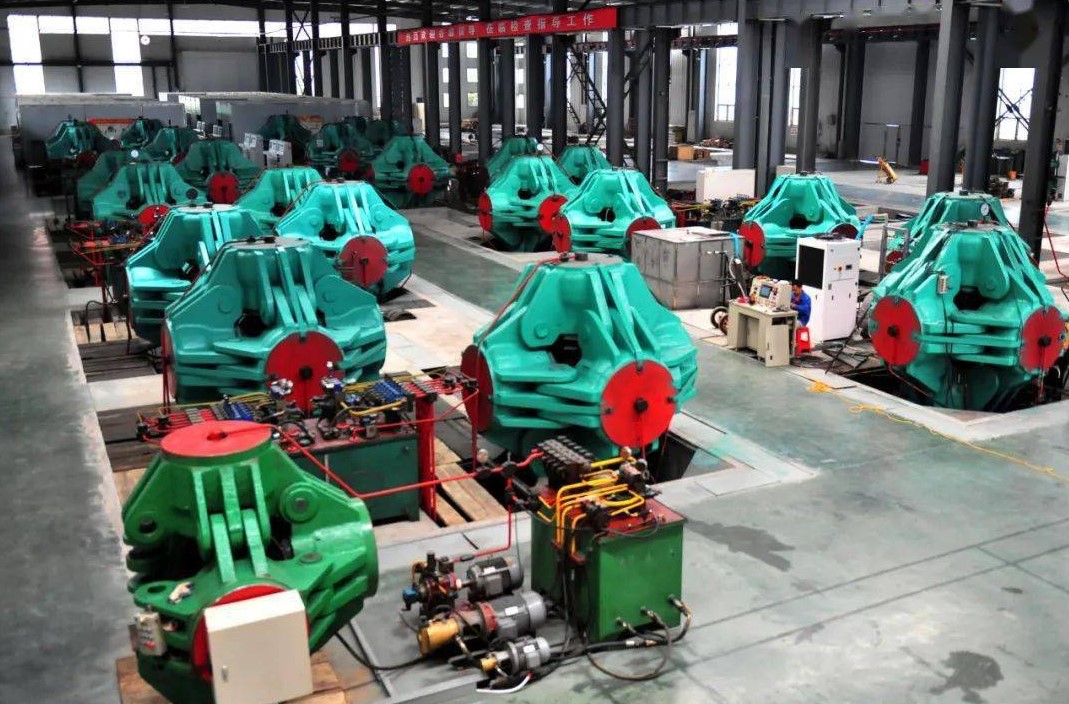
Compared to natural diamonds, Chinese synthetic diamonds have three major advantages. First, they offer a cost advantage, with prices only one-tenth of natural diamonds, leading to significant economic benefits. Second, they have a performance advantage, with hardness approaching that of natural diamonds, higher density, and superior wear resistance to traditional gemstones. Finally, they have a market promotion advantage, with major media coverage helping the public understand the benefits of synthetic diamonds, thereby expanding their application scope in China.
Synthetic diamonds excel in steel processing due to their extremely high hardness and heat resistance. Diamond cutting tools offer high processing efficiency, low cutting force, and long service life, reducing production costs and improving machining accuracy, greatly enhancing the efficiency and competitiveness of the mechanical manufacturing industry.
Ceramics are a brittle material that is difficult to process and cut. However, the high hardness, sharpness, and ultra-fine particle size of synthetic diamonds make them well-suited for this challenge. Diamond cutting tools can not only produce high-precision ceramic shapes but also ensure a smooth and flat surface.
Although plastics have relatively low hardness and strength, they possess high fluidity and adhesiveness, making them challenging to process. Synthetic diamond cutting tools, however, offer high efficiency, precision, and stability in plastic cutting, reducing the need for tool replacements and maintenance, contributing to energy conservation, emission reduction, cost savings, and improved production efficiency for enterprises.
With their high hardness, high compressive strength, high wear resistance, high thermal conductivity, and low thermal expansion coefficient, synthetic diamond cutting tools have become the preferred choice for modern high-end machining. Their hardness allows them to cut materials with hardness exceeding 80 HRC, their high thermal conductivity facilitates heat dissipation and reduces thermal deformation, and their wear resistance extends the lifespan of cutting blades, significantly improving processing efficiency.
Synthetic diamond cutting tools are widely used in the machining of metals and non-metallic materials, exhibiting unparalleled advantages and performance in processing difficult-to-machine materials such as ceramics, marble, quartz glass, graphite, fiber materials, hard alloys, ceramic composites, and high-temperature alloys. Compared to natural diamonds, they offer superior quality, cost-effectiveness, environmental friendliness, and technological advantages, making them ideal for manufacturing the next generation of high-performance electronic devices.

